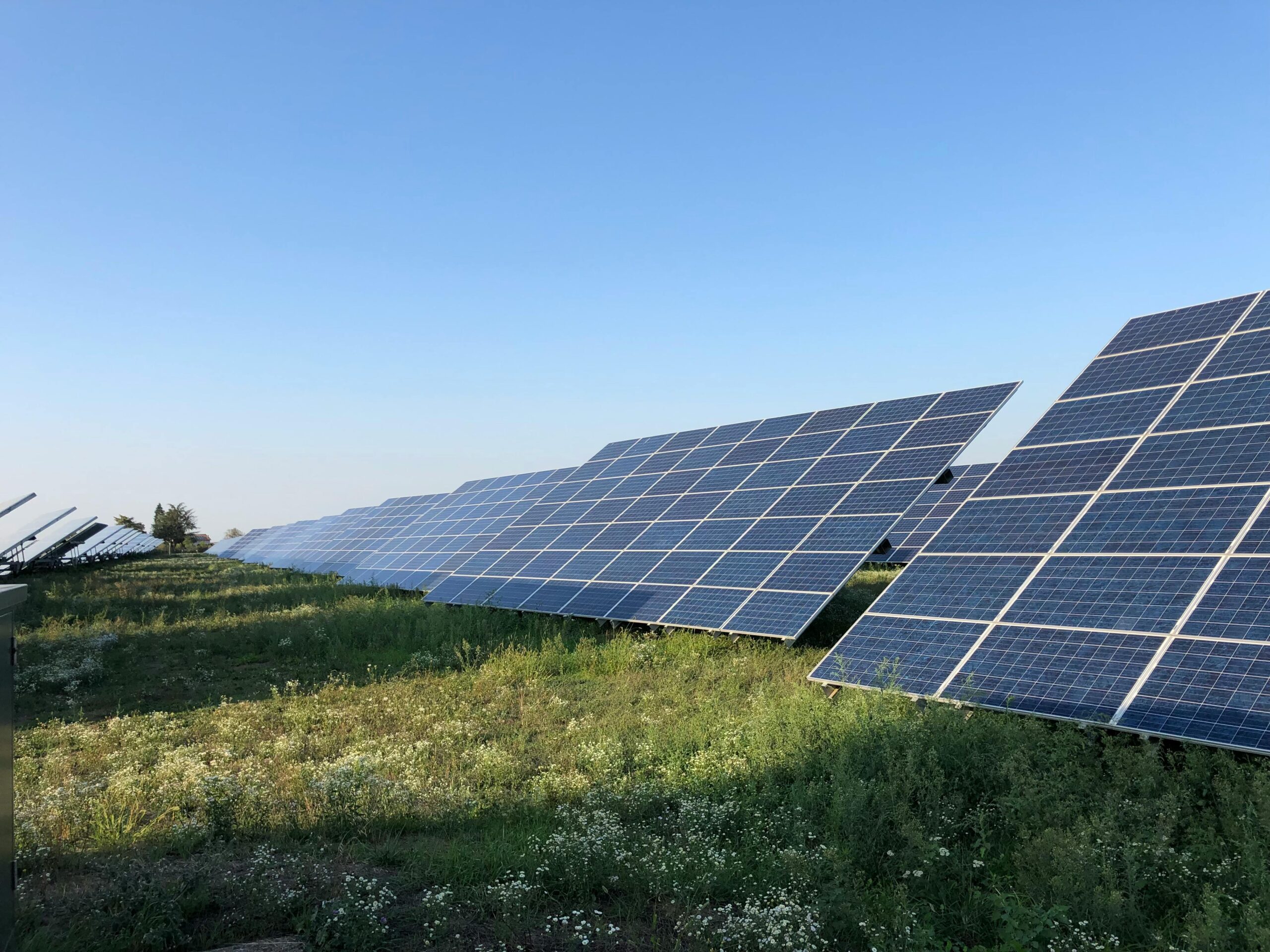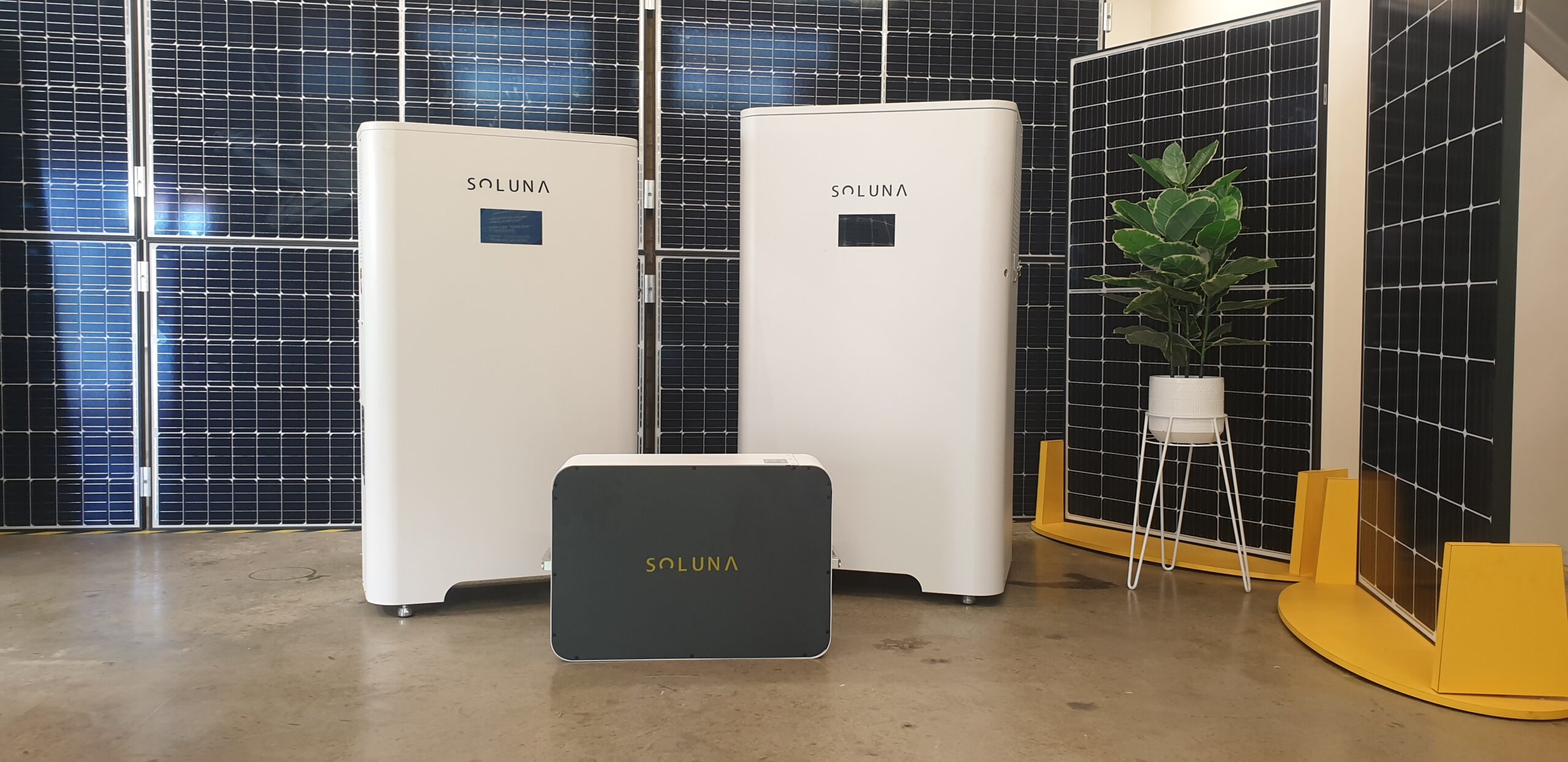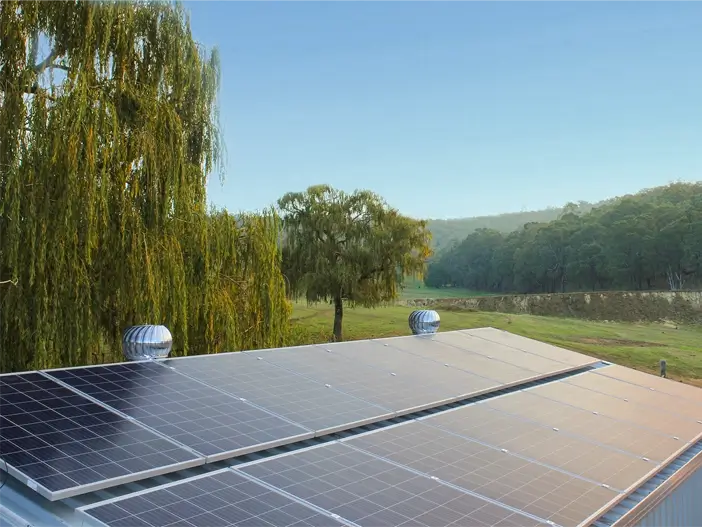In the relentless pursuit of carbon neutrality, the world is re-evaluating its energy sources. Off-grid energy, a concept once only associated with remote or rural living, is steadily carving out its niche as a vital player in our low-carbon future. This article explores the transformative role of off-grid energy systems in paving the way towards achieving global carbon neutrality.
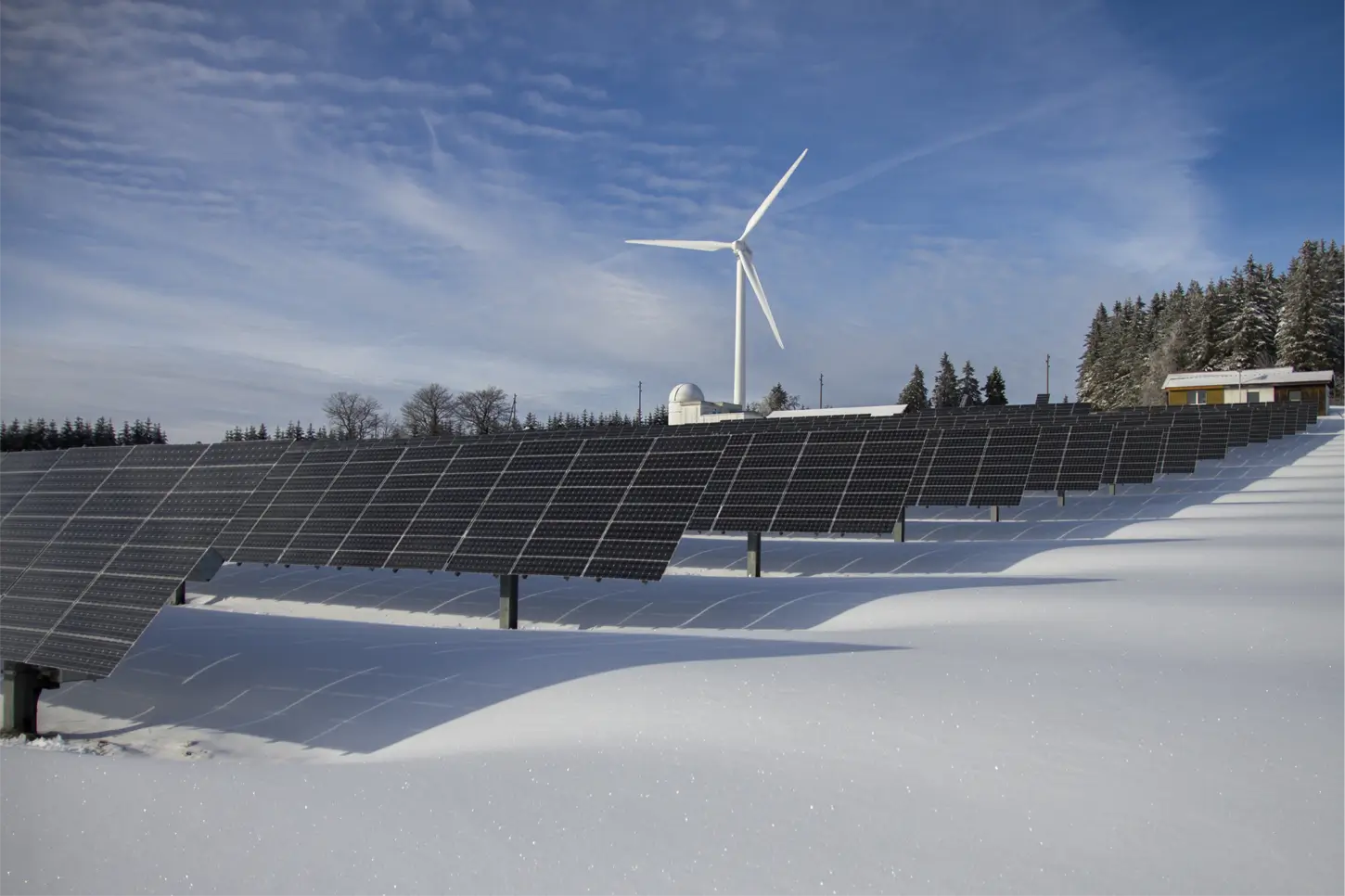
Off-Grid Energy and Carbon Neutrality: An Inextricable Link
When we talk about off-grid energy, we refer to any energy system not connected to the main power grid. This includes solar panels, wind turbines, hydroelectric systems, and biomass energy solutions. The primary goal of off-grid energy is to provide power where conventional grid connection is unfeasible or too costly, but it’s increasingly recognised for its potential to help us break free from fossil fuels and march towards carbon neutrality.
Unlike traditional energy sources that rely on fossil fuels, off-grid energy systems primarily utilise renewable resources. By generating power locally, these systems can significantly reduce the carbon emissions associated with energy transportation and grid losses, thus contributing to carbon neutrality strategies.
Moreover, as off-grid systems often use local resources, they foster sustainability and independence. They provide a viable alternative to grid extension, especially in remote or underserved areas, bolstering energy security while combating climate change. For a deep dive into the intricacies of off-grid energy, consider visiting Renewable Energy World’s Off-Grid section.
The Carbon Offsetting Potential of Off-Grid Energy Projects
The beauty of off-grid energy lies not only in its carbon-free generation but also in its potential for carbon offsetting. Carbon offsetting is the process of compensating for carbon emissions by funding projects that reduce carbon dioxide or other greenhouse gases in the atmosphere. Off-grid energy projects can serve as valuable carbon offset initiatives, helping communities, organisations, and even countries to balance their carbon footprints and strive for neutrality.
For example, a company can invest in off-grid renewable energy projects in a developing country, thereby offsetting their own emissions while supporting local communities’ energy access. This win-win strategy benefits the company, the community, and the planet. For more insights on carbon offsetting, head over to Carbon Offset Guide.
Case Studies: Off-Grid Energy Champions Carbon Neutrality
Case Study 1: Kodiak Island, Alaska
An impressive example of the successful integration of off-grid energy and carbon neutrality is Kodiak Island, Alaska. This remote community has achieved 99.7% renewable power, primarily through wind and hydroelectric power, effectively eliminating their dependency on diesel fuel. This remarkable achievement has set the standard for remote communities worldwide. Find out more about Kodiak Island’s renewable journey at National Geographic’s feature.
Case Study 2: Tesla’s Solar Project in Kauai, Hawaii
Tesla’s solar project in Kauai, Hawaii, is another testament to the power of off-grid energy. The project, combining solar panels with large-scale battery storage, supplies 13.9 megawatts of solar power to the grid. It significantly reduces the island’s reliance on imported fossil fuels, making strides towards carbon neutrality. For an in-depth look at this project, visit Tesla’s case study.
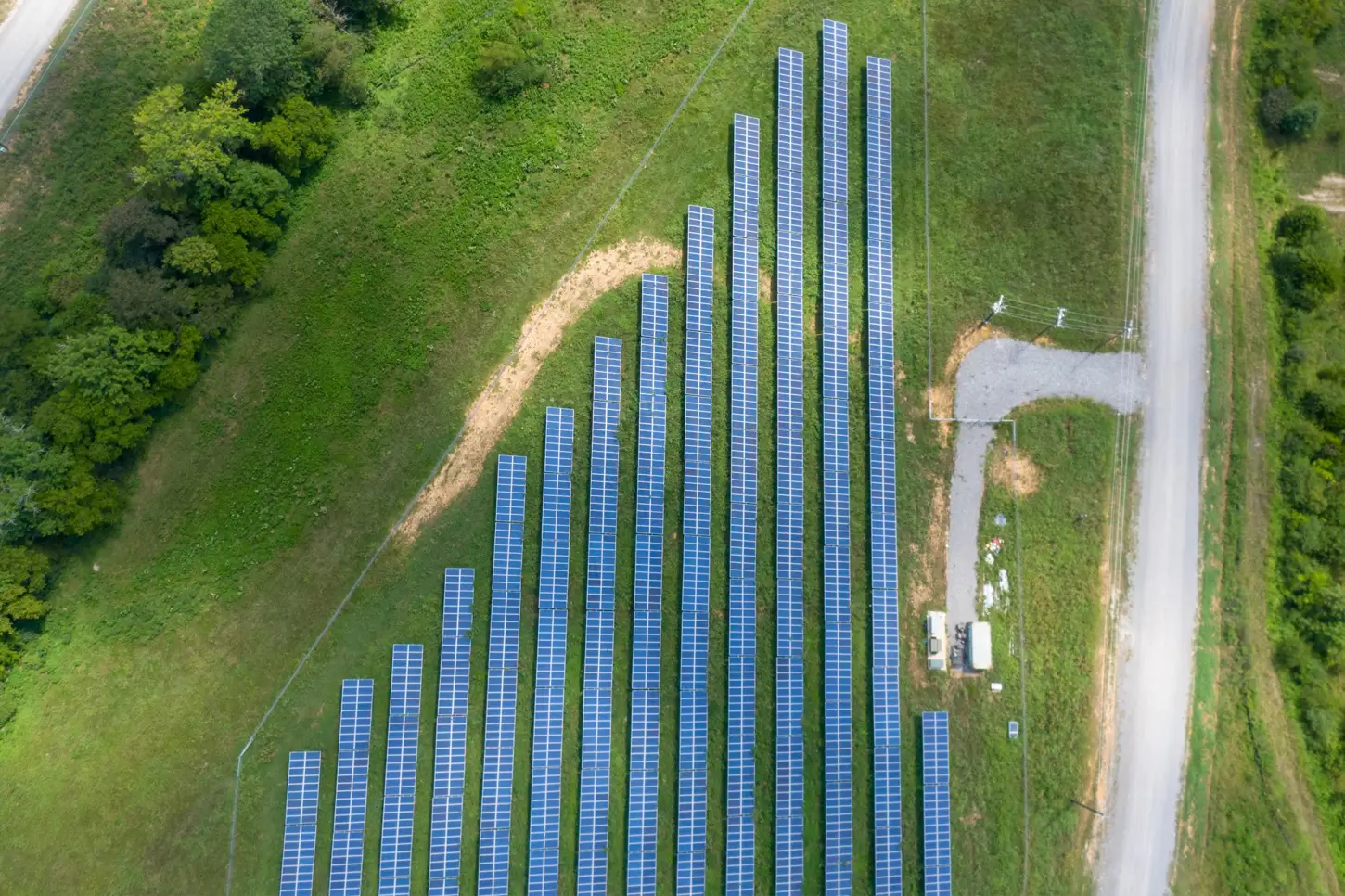
The Future of Off-Grid Energy and Carbon Neutrality
The success stories of off-grid energy and carbon neutrality are growing, but there’s still a long way to go. As the global community strives to reduce greenhouse gas emissions, the role of off-grid energy will likely become even more critical.
To encourage the adoption of off-grid energy solutions, it’s necessary to invest in research and development, provide financial incentives, and establish supportive policy frameworks. Furthermore, public awareness and education about the benefits of off-grid energy are crucial for widespread acceptance and implementation.
In conclusion, off-grid energy plays an indispensable role in carbon neutrality strategies. By replacing carbon-intensive energy sources with renewable alternatives, off-grid energy solutions can significantly reduce carbon emissions and help us move towards a more sustainable future. For the latest news and developments in this field, visit the Renewable Energy World’s Off-Grid section[^15†source].
In the fight against climate change, every kilowatt of renewable energy counts. It’s time we recognised the potential of off-grid energy and harnessed its power for a carbon-neutral future.





